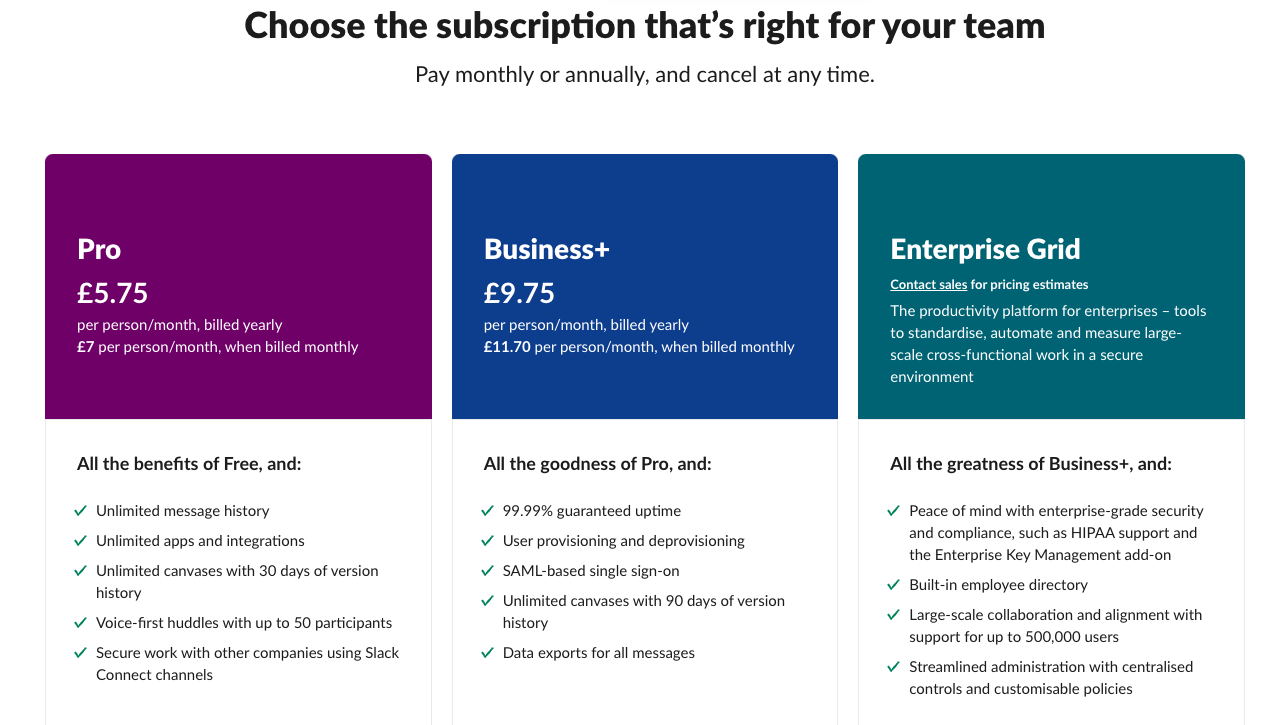How to nail your pricing strategy
Following our deep dive in last week's Power Up into how Mindful Chef leverages its unique value to stand out in the meal kit market, this week we're focusing on crafting a pricing strategy. Creating an effective pricing strategy is essential for businesses seeking to maximise their revenue while meeting customers' needs.
A well-thought-out pricing strategy not only reflects the value that customers gain from a product but also positions the product in the market to attract the right customers.
Here’s our guide on how to create a pricing strategy that aligns with your business goals and customer needs/ expectations.
1. Establish core product value
Begin by defining the core value your product offers.
This is the essential benefit or solution your product provides to customers, which should be accessible even at the most basic or free level of your offering.
Remember, introducing a *value metric* too early or offering too much for free can make it challenging to transition customers to paid plans.
*A value metric is a measure that reflects how much a product or service is valued by its users, influencing the pricing scale based on perceived value*
2. Identify customer needs
Understanding your customers' pain points is crucial.
What are they struggling with, and how does your product solve these issues?
Solutions that address these pain points effectively can serve as easy upsells, enhancing customer satisfaction and increasing your revenue.
3. Determine the value metric
A value metric is the basis on which you charge your customers.
It should directly correlate with the value customers get from your product. For instance, if your product offers IT management tools, the number of tools or the extent of their capabilities can serve as a value metric.
As customers' needs grow, they require more from your product, which should be reflected in the pricing.
For example for a communication platform like Slack, the value metric revolves around the number of messages searchable, integration options, and support levels.
4. Positioning and packaging
Positioning your product in the market is super important. It's all about making sure what your product offers lines up just right with what your target audience is looking for. Think of it as tailoring your product's story to fit the unique tastes and needs of your customers.
Packaging involves grouping features into plans that cater to different customer segments based on your value metric. Ensure each package offers a logical progression in value, encouraging customers to upgrade as their needs evolve.
For the video conferencing service Zoom, the value metric includes the maximum number of participants allowed in a meeting, meeting duration, and advanced features like cloud recording. The free version limits meetings to 40 minutes and fewer participants, while higher tiers accommodate larger meetings with longer durations and additional features.
5. Measure, learn, and iterate
Implementing a pricing strategy is not a one-off task. It requires continuous monitoring and iteration.
Collect data on how different customer segments use your product, conduct surveys to understand feature prioritisation, and assess price sensitivity. This information will help you refine your pricing strategy, aligning it with customer needs and market dynamics.
If you want me to send you our Scale Up questionnaire template, just reply to this email saying ‘send me the survey’!
6. Implementing your pricing strategy
When setting up your pricing, consider the number of features or the extent of the value metric (like IT management tools) included in each package.
Your pricing page should clearly lay out the prices for each tier, delineating the main value metric and standard features across all packages, with additional features available in premium tiers. See how dropbox does it as an example below.
7. Communication is key
Ensure that your messaging across all platforms aligns with your positioning and value propositions.
Whether it's through your main pricing page, business portals, or promotional materials, your communication should resonate with your target audience's needs and clearly articulate the value your product offers.
8. Leverage technology for insights
Use tools like Google Tag Manager or Hotjar to track customer engagement with different features of your product. Understanding which features are most used and valued by your customers can provide insights into how to structure your pricing tiers effectively.
9. Build a feedback loop
Consider setting up mechanisms to gather feedback from your customers regularly, such as automated emails after a trial period or customer surveys. This direct line of communication will provide invaluable insights into customer satisfaction and areas for improvement in your pricing strategy.
Similarly, the use of customer satisfaction surveys, such as CSAT (Customer Satisfaction Score) and NPS (Net Promoter Score) surveys, can offer deep insights into customer satisfaction and loyalty.
Conclusion
A well-designed pricing strategy is an ongoing process, it requires some tweaking here and there, and plenty of understanding about what your customers love and value. By understanding your customers' needs, ensuring your product's value matches those needs, and staying flexible to adjust to market shifts. With this approach, you're well-equipped to nurture your business towards growth and success.
Remember the only real way you will understand how your customers perceive value for money is by talking to them - so make sure this is a priority in your company.



